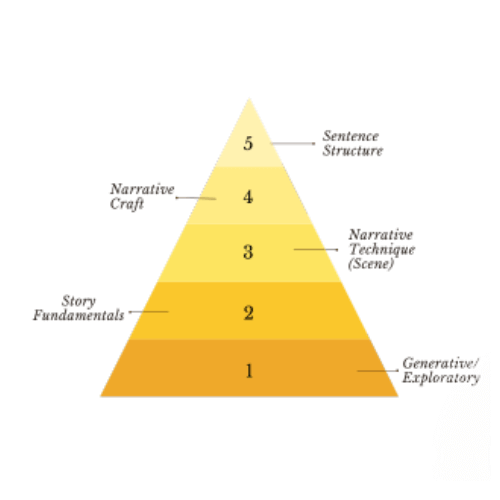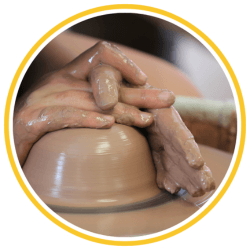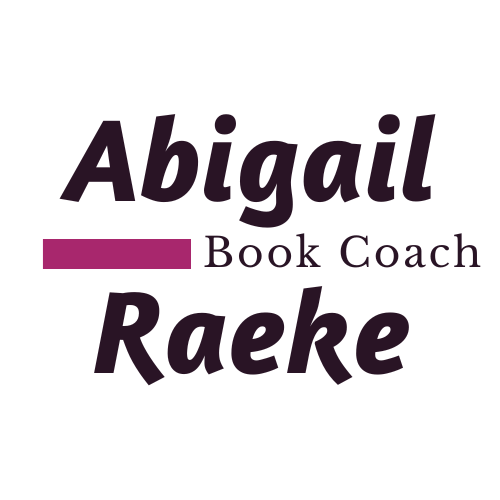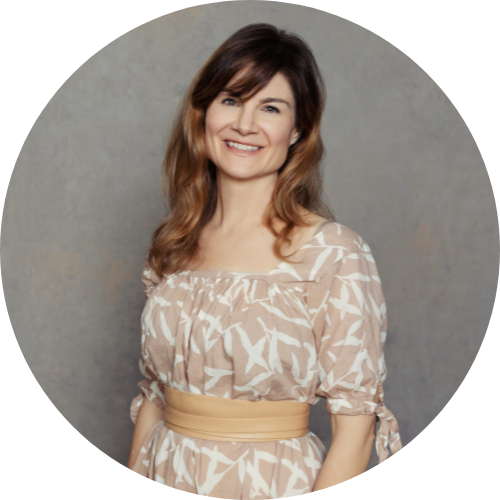
Why five phases?
Because writing a book takes more than just … writing.
There are phases to crafting a successful novel or memoir. One of the biggest mistakes aspiring authors can make is to let the weight of this entire pyramid rest on a single draft, or two.

Many writers aren’t aware that they put undue pressure on themselves and beginning drafts – but they feel the frustration.
If a writer puts in the time on a draft(s), seeks feedback, educates themselves in the writing craft and still struggles to make their book work, it’s likely that they haven’t developed skills across all of these tiers.
The mission of this blog ...
... is to educate and inspire confident writers through a five-phase framework that breaks down book-building
(as opposed to indeterminate “writing”) in logical ways.
Each phase contains multitudes.
This is a place to examine tips, tricks and tools of the trade in a contextual framework that will lead to your successful manuscript!
The Five Phases are:
1. Exploratory / Generative
2. Story Fundamentals
3. Narrative Technique
4. Craft Elements
5. Sentence Structure
Phase 1 – Exploratory / Generative Phase
I refer to this stage as “making clay.” Produce your story material.

Give yourself a time limit, depending on how fast you write and how much time you can (realistically!) dedicate each day (i.e. six weeks or three months) to get your story down from beginning to end.
Explore. Have fun. Your intuition reigns at this stage. What story are you trying to tell? What is your story trying to tell you?
Don’t crush your momentum with the weight of the whole pyramid in this phase. Don’t remain in this phase in perpetuity, but you can return to it often!
Phase 2 – Story Fundamentals
Here you begin to shape your story by defining structural elements such as:
 |
|
And how Plot Turning Points (what happens) support these braided elements.
Phase 3 – Narrative Technique
Now that you have a sense of your story shape, you use different techniques to deliver your story.
The most important narrative technique for fiction and memoir is Scene. Scene slows story time. It represents “real time” in your story world, allowing readers to experience events unfold through your character’s point of view. Knowing where and why to use scene, as opposed to other techniques, such as Narrative Exposition (Narration), Summary or Reflection, is essential. |  |
Phase 4 – Narrative Craft
In this Phase, you hone elements that bring your story alive, such as:
 |
|
Phase 5 – Sentence Structure
| Sentences, each noun and verb you choose, create the pinpricks of light through which your story becomes visible to your readers. You'll hone sentence structure throughout these phases, but many sentences written in the generative phase won't make the final cut. Jumping straight from phase 1 to phase 5 is a recipe for heartbreak. |  |
Best practices for this phase are use:
- Active Verbs
- Vivid, Descriptive nouns
- Details – avoid generalities and generalizations.
The trick is to let readers know what your character wants, needs, believes, thinks, sees, hears, feels, while avoiding “filter words” such as want, need, believe, think, see, hear and feel!
Check out future posts, categorized by phase, for deeper dives into elements that create successful novels and memoirs.




0 Comments